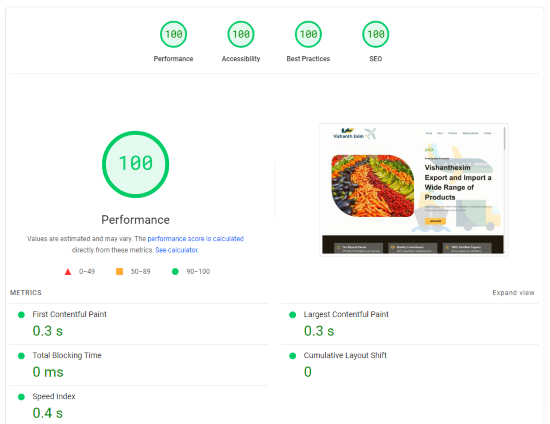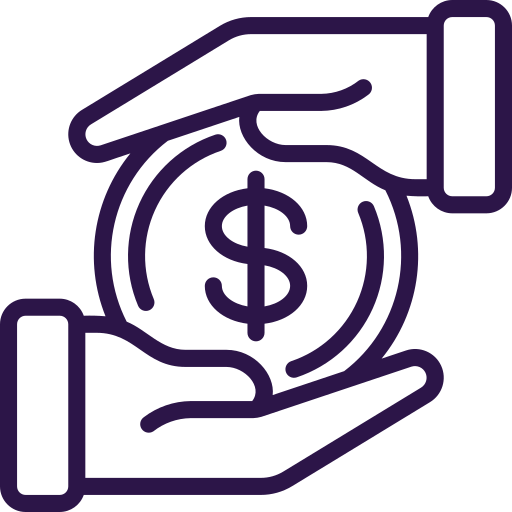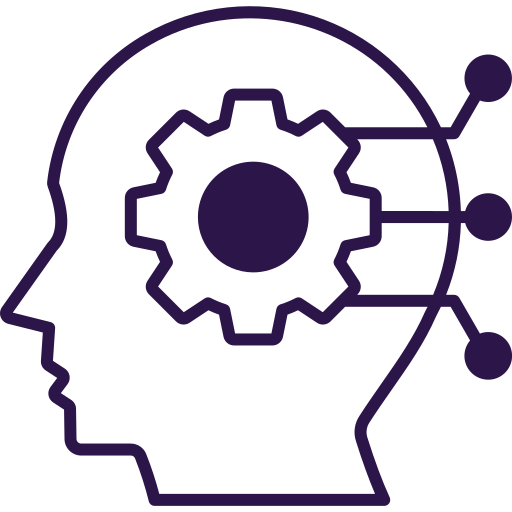Dominate Search Results & Convert Visitors into Customers
Your one-stop shop for powerful website design and results-driven digital marketing.

Build up a strong ongoing relationship with your customers by creating the best brand identity.
Avail #1 exceptional Website design Company that helps you obtain leads and gain actionable results.
Digital Marketing is a great outreach to your customers. Make your business smart with digital marketing technologies!!

Make your travel to the cloud easier and more rapid with results designed specifically for your startups, enterprises, and businesses.

Our eCommerce development services let you concentrate on your business, not only developing and managing an eCommerce platform.
Website Design Company
Are you looking to design a website design and development company for your business, products, or services?
Are you looking to speed up your existing website that loads slowly? Let’s optimize it for faster loading times!
20+
Countries
Served
150+
Works in
Portfolio
120+
Websites
Optimized

Experience top-notch web design at affordable rates. Our cost-effective IT solutions ensure you receive a stunning website without compromising on quality.

Empower your website with intelligent automation, streamlining processes, and enhancing user experiences

Specializing in Web design, Speed Optimization, Search Engine Optimization, E-commerce Solutions, Web Development, and Web Optimization
Feeling Frustrated with Your Website?
Let's Create a Better One Together.
What Is A Website Design Company?
A website design company makes a site look good. They use design programs to produce visual fundamentals. Website designers generally have experience in UI, or user interface, which means they strategically design a site that’s intuitive and smooth for visitors to navigate.
The aesthetics of a website directly reach a user’s opinion of the site and the company. Research shows it takes visitors less than one alternate to judge a website, and that original impression is frequently associated with the brand.
How Much Do Website Design Companies Charge For Their Services?
What is Included in Website Design?
Designing a website takes four mandatory elements into account, including the website layout, the individual pages, the navigational structure, and the pictures. Any of these essentials can be customized for the particular website’s requirements, whether it’s an individual website or a business website. Website design gives information on the Internet in a visual manner, so these four elements contribute to an interactive experience for the computer user.
Why Hire a Web Designer?
Building a website is no easy feat, and it’s not something to take lightly. If you want your website to look professional, be user-friendly, and effectively promote your business, then you need to hire a professional web designer. With the help of an experienced web designer, you can have the perfect website that meets all your business needs.





